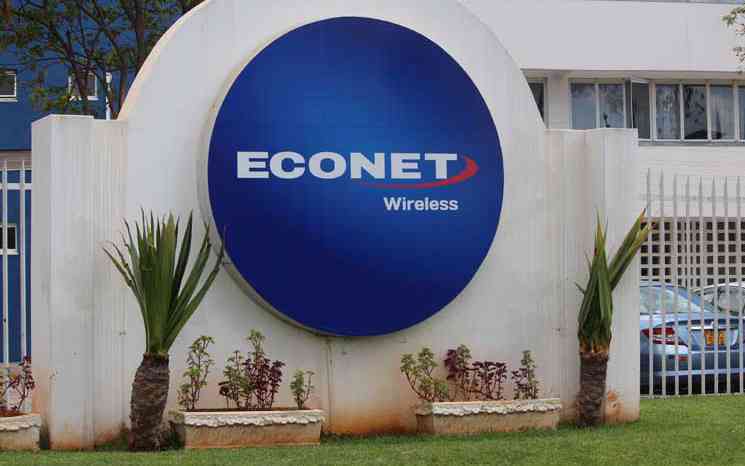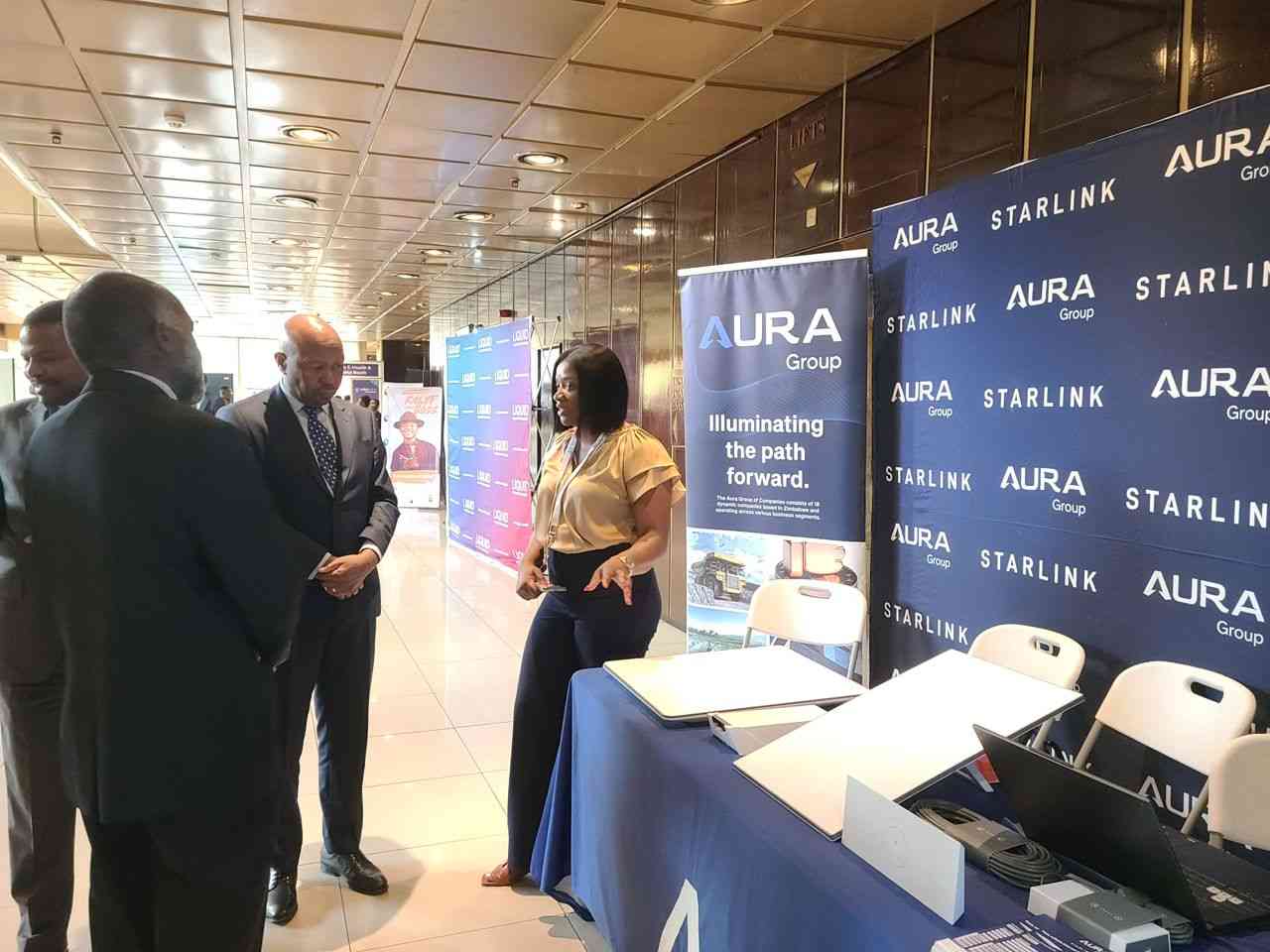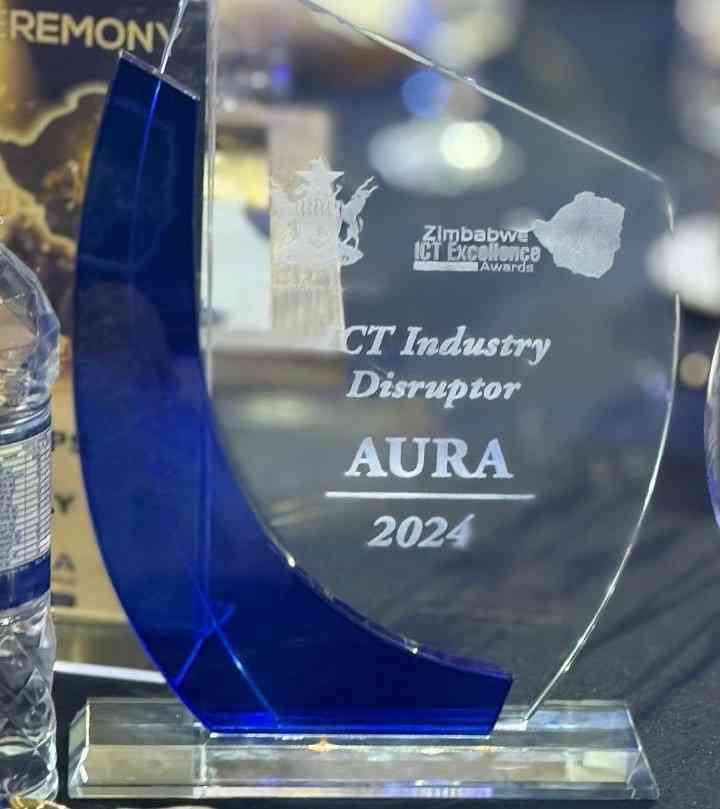
Zimbabwean farmers now have an opportunity to boost their agricultural output by being able to monitor their crops using sensors as well as keeping track of their tractors, combine harvesters and other farming equipment using Econet’s Machine-to-machine (M2M) technology.
The M2M platform allows machinery and other business assets, such as warehouse or office surveillance cameras, to be managed remotely, without human intervention, by installing a device with a global subscriber identity module on site.
Using this technology, farmers can install sensors in the fields to monitor soil, water, light, humidity, and temperature conditions remotely, using their mobile phones.
When the censors are combined with smart irrigation systems, crops are only irrigated when they need to be watered, delivering substantial benefits for both water use efficiency and increased yield.
Econet’s M2M technology can also be used to transform water billing systems with the advent of smart metering, which will allow municipalities in the country to digitise their processes.
For the water utility and transportation companies, smart meters provide multiple benefits, including leak detection, energy reduction, demand forecasting, enhanced awareness campaigns, promotion of efficient appliances and performance monitoring.
From the customer’s side, smart meters can provide information on when and where water is being used, comparisons of own water use against other customers, and quick leak detections.
The head of Econet’s Business Solutions (EBS) unit, Dr Jimmy Shindi, said the introduction of smart meters will be a huge milestone for the local municipalities that are struggling with revenue collections, thus affecting operations.
- Tarakinyu, Mhandu triumph at Victoria Falls marathon
- Minister bemoans shortage of schools
- BCC joins Green Cities initiative
- BCC, HCC adopt results-based ambulance services
Keep Reading
“This will not only ensure that there is accurate charging of water usage, but also expedite the switch to prepaid water solutions,” he said.
The M2M technology is already benefiting many businesses that use data collected by connected devices to monitor inventory supply levels, energy use and equipment temperatures, among other things, to guarantee service quality, boost operational efficiencies and save costs.
“We are eliminating human intervention for secure Machine-2-Machine communication through our technology that is helping businesses achieve greater efficiency, coupled with robust security,” added Dr Shindi.
By making a switch to M2M, said Dr Shindi, manufacturers can reduce costs, optimize and integrate processes, and get comprehensive insights into their manufacturing processes.
“M2M technologies uses advanced sensors and chips to monitor a machine’s overall state and performance. If vibrations, temperature, pressure changes, and other signs of mechanical failure are detected, the system automatically communicates this information to other connected devices, allowing workers to spot and resolve problems faster.
“These technologies also help to enhance machine performance and productivity. Since M2M connected devices can spot warning signs and relay problems almost instantly, companies can deliver all of the preventative maintenance tasks to preserve the machines’ longevity and ensure an efficient performance,” he said.
Globally, the M2M technology has seen a shift into the passive tracking space as well as container tracking.
Passive tracking, which refers to the tracking of stationery vendors selling on behalf of an organisation, gives companies guarantees that they have adequate representation of their stationery sales trucks in all the spaces they need to be and maximise on revenues.
On the other hand, container tracking becomes necessary when the cargo is not confined to a specific truck and can be shifted from rail to road. In this instance, it is crucial to ensure that the contents of a container remain safe despite the changes in the transport mode.
Econet is Zimbabwe’s leading telecommunications and technology company, providing mobile services to over 12 million connected customers. Since the launch of its services in 1998, the company has led in being the first to launch 3G and 4G services nationwide. More recently, it became the first operator to launch 5G services in the country.











